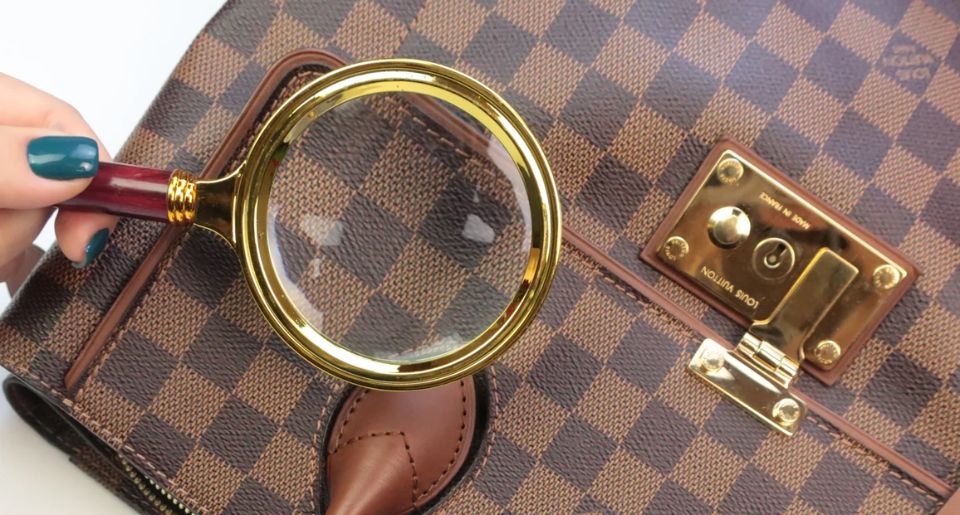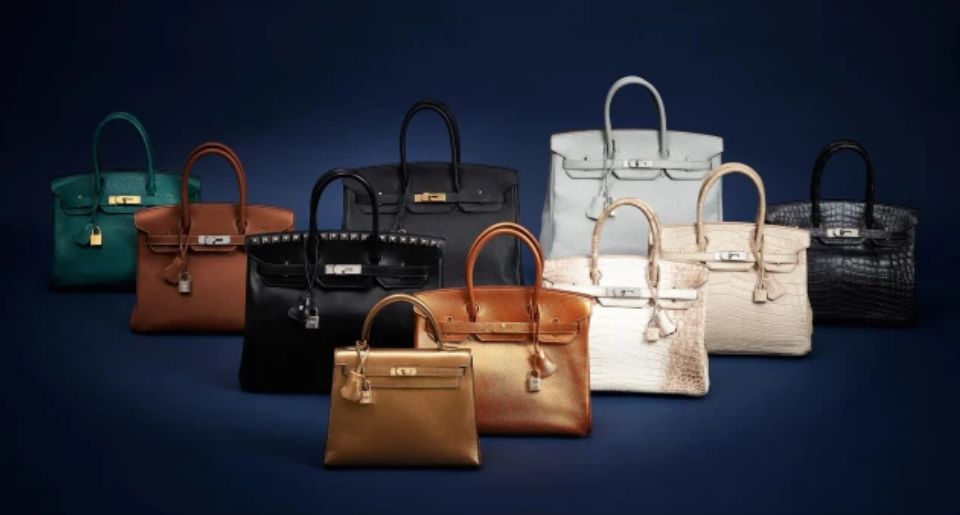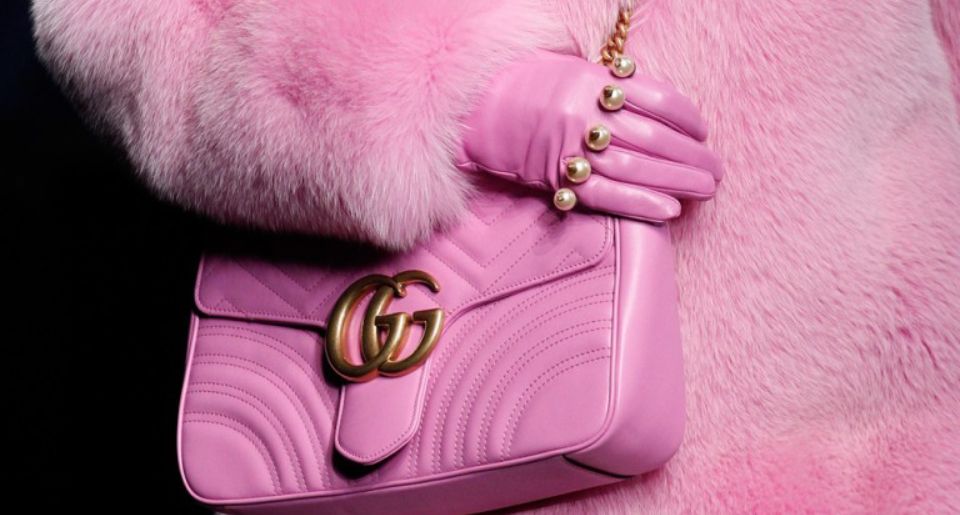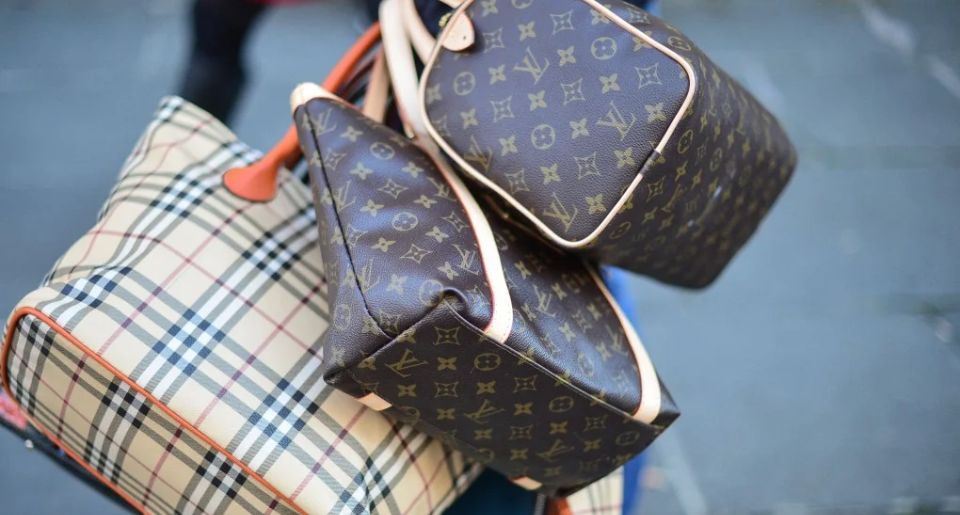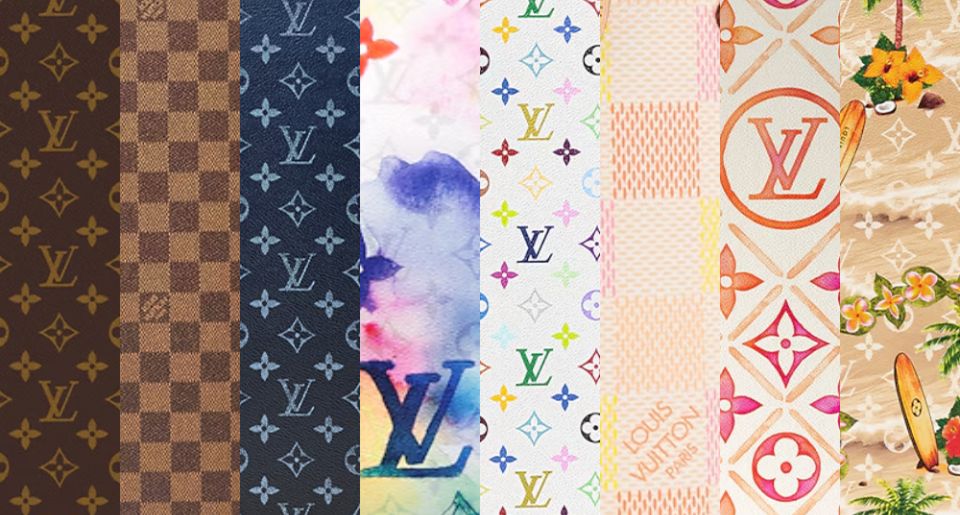(Courtesy of LVBagHolic)
Contents
- The Cat-and-Mouse Game Between Authenticators and Fakers
- Beyond the Classics—What Fakes Are Really After Now
- What Really Happens to Counterfeits After They’re Caught
- The Rise of Authentication as a Full-Fledged Profession
- The Winning Formula
- How Blockchain Gives Brands—and Buyers—More Control
- Where to Shop Secondhand Luxury Safely
- About The Writer
Luxury resale platforms are doubling down on authentication as replicas creep dangerously close to looking like the real thing.
At an estimated $2 trillion, counterfeiting is one of the world’s largest shadow industries, powered heavily by extremely convincing luxury knockoffs such as Rolex watches, Nike sneakers, and Hermès Birkins (per Business Insider). Beyond their shiny surface, many fakes are filled with harmful toxins like lead and cadmium, and the massive profits often feed into criminal networks.
With sophisticated fakes becoming nearly impossible to tell apart, second-hand platforms face mounting pressure to deliver airtight authentication. Is total certainty possible? Here’s a behind-the-scenes look into the secretive world of luxury authentication—and why it matters now more than ever.
The Cat-and-Mouse Game Between Authenticators and Fakers
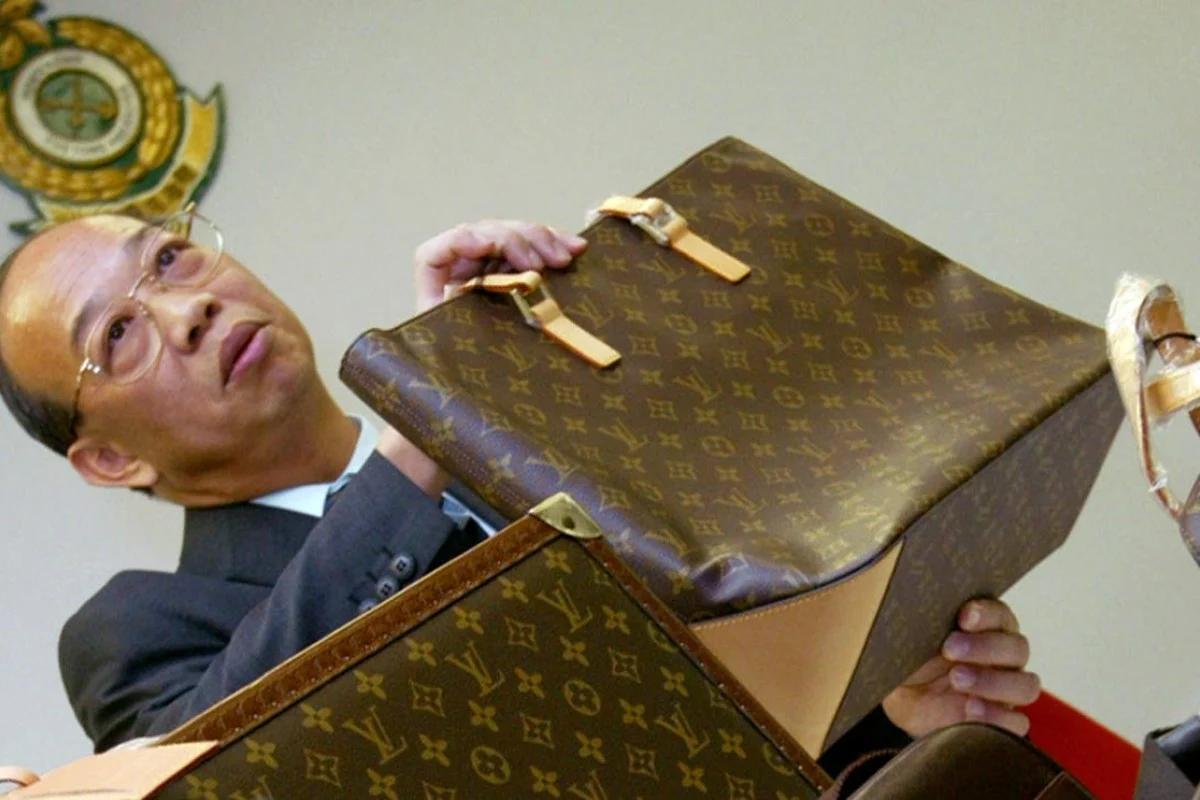
Close-up of high-quality imitation handbags seized during a police crackdown.
(Courtesy of SCMP)
“Is it real?” is the number one question that shadows almost every secondhand purchase—and for good reason. Highly convincing counterfeits are flooding the market, and you never quite know when one might slip into your hands. These aren’t the sloppy fakes of the past either; many feature spot-on logos, near-perfect branding, and materials that feel alarmingly close to the real deal.
The mystery surrounding luxury authentication isn’t accidental, Vogue reports. The strict guidelines learned over time aren’t something experts are willing to place in the hands of the marketplace or, worse, counterfeiters.
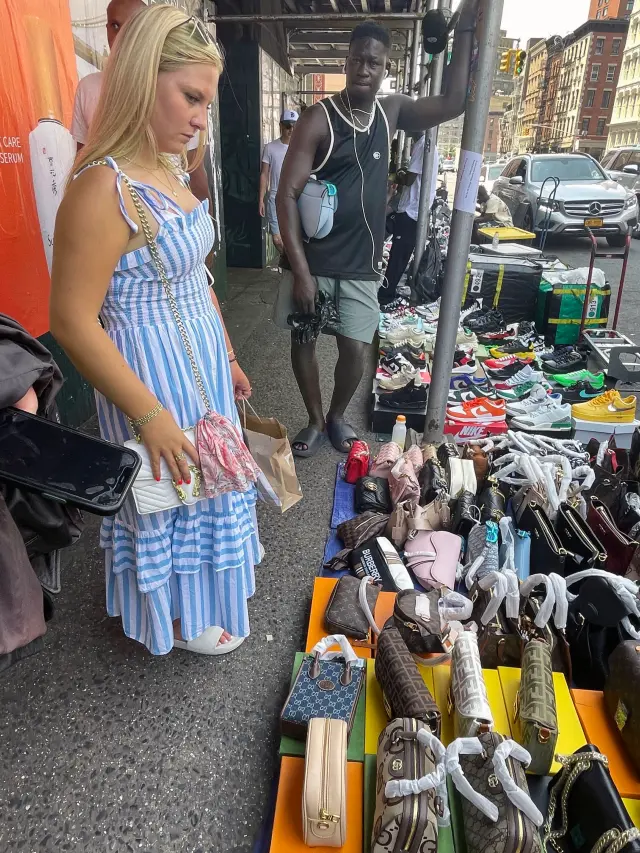
Knock-off handbags travel a long route before reaching potential buyers.
(Courtesy of New York Post)
By 2030, the luxury and premium resale market could balloon into a $65 to $100 billion industry, according to McKinsey, and proper authentication will be the hinge point that makes or breaks such growth.
Experts agree: no authenticators, no luxury resale. Trust would vanish, and fakes would flood the market.
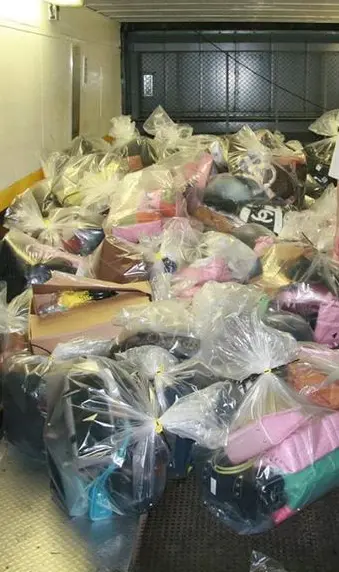
(Courtesy of New York Post)
The real struggle is that counterfeiters are constantly sharpening their skills, and their fakes get more believable by the year. That makes authentication a never-ending race, where platforms have to stay one step ahead with stricter checks, smarter tools, and sharper eyes.
Fail to deliver absolute certainty, and even the most trusted marketplace risks watching its reputation crumble. Buyers would happily trade the fear of a costly counterfeit for the certainty of paying more at a brand’s boutique.
Beyond the Classics—What Fakes Are Really After Now
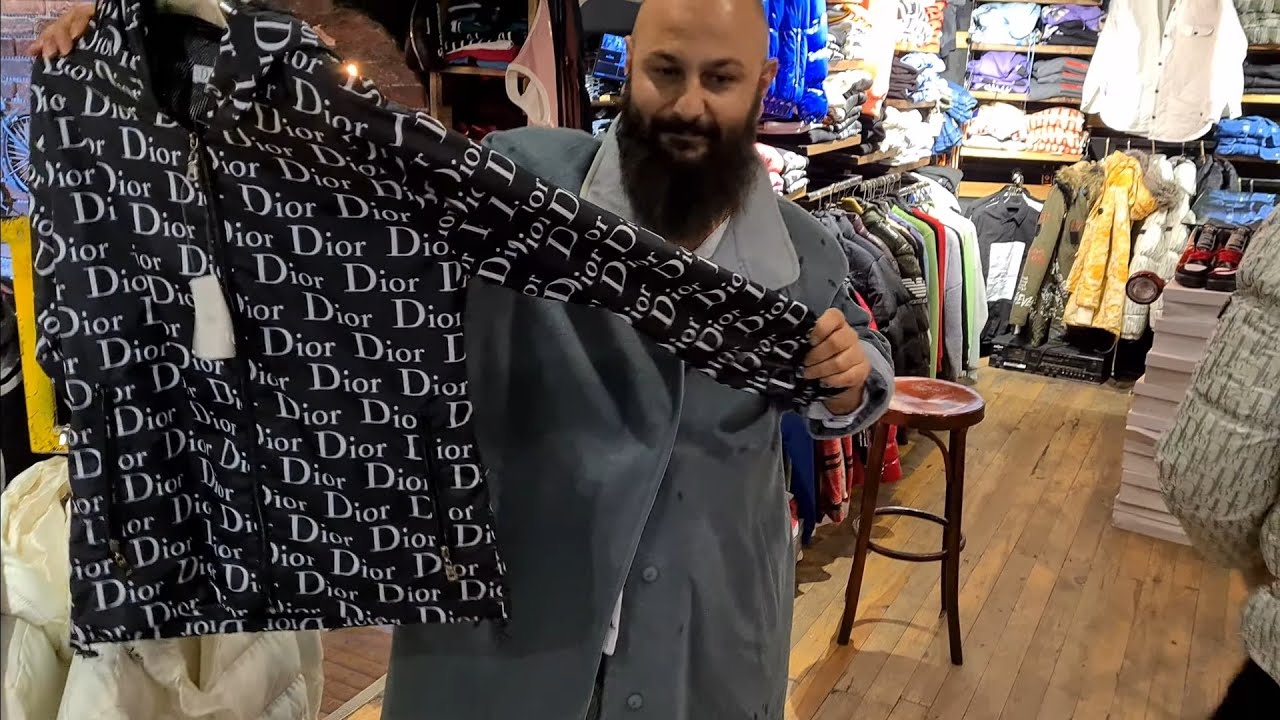
Replica garments now rival authentic designs in appearance, fooling even the most trained eyes.
(Courtesy of GIRL IN PARADISE)
Counterfeits used to conjure up the image of a monogrammed Louis Vuitton Speedy, a Lady Dior, Chanel’s Classic Flap, or Air Jordan. But that’s no longer the case.
While handbags—making up about 35 percent of the secondary market alongside shoes, as per McKinsey—have always been prime targets, counterfeiters are now setting their sights on lower price points and trend-driven pieces like streetwear.
Inside the Billion-Dollar World of Fake Luxury — From Nikes to Rolexes
Today, resale platforms are tightening their authentication systems to crack down on fakes. For example, Japan-based platform ZenLuxe upholds rigorous quality and authenticity checks in the face of increasingly convincing knockoffs, ensuring a consistent, trusted experience for global shoppers.
What Really Happens to Counterfeits After They’re Caught
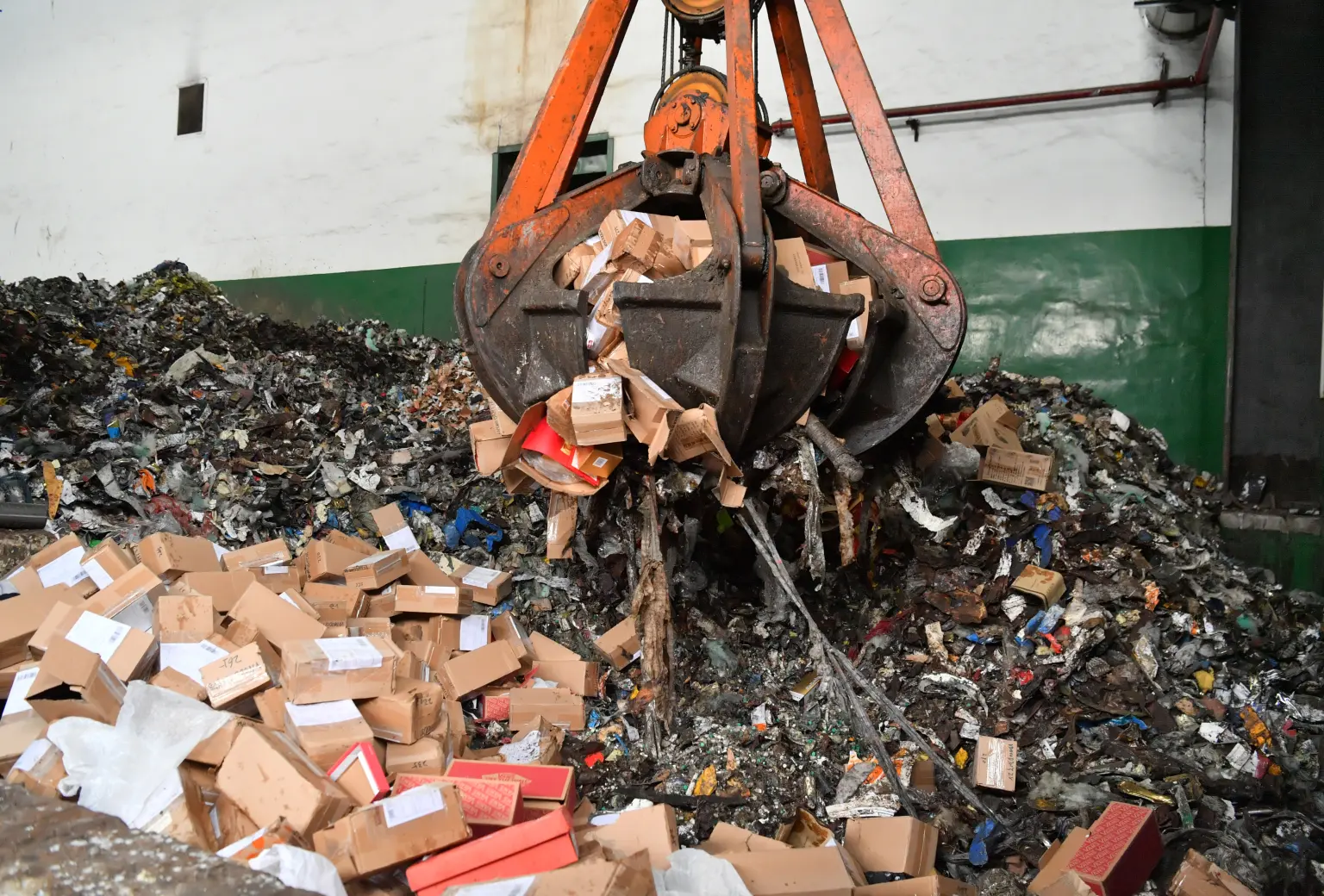
Authorities stopped these counterfeit boxes before they were loaded, though others slip through with the help of shippers.
(Courtesy of New York Post)
The afterlife of counterfeit goods remains one of resale’s most closely held secrets.
Not all fakes meet the same fate: “friendly fakes,” picked up by accident or gifted innocently, are often returned to sellers.
In certain cases, counterfeits are handed over to law enforcement. From there, they might be destroyed, returned to sellers, or preserved as tools for training.
The Rise of Authentication as a Full-Fledged Profession
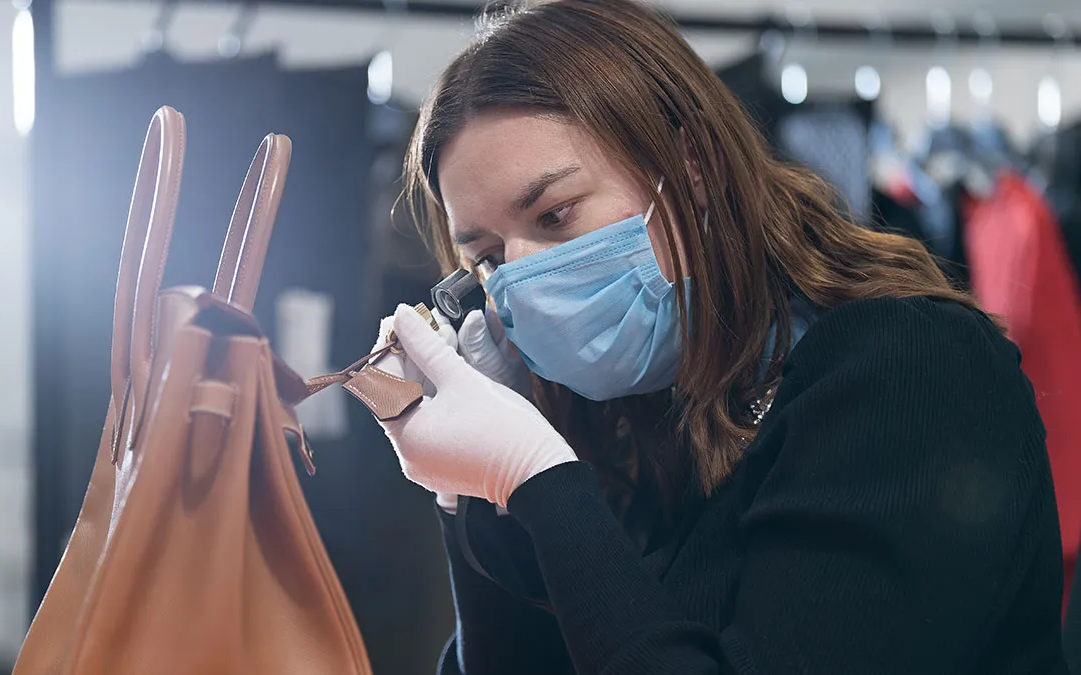
Authentication has emerged as a full-fledged profession in response to a surge of convincing fakes.
(Courtesy of Vogue)
Not long ago, searching LinkedIn for authenticators would have turned up nothing; it was mostly enthusiasts working informally. As anxiety over buying near-perfect counterfeits intensifies, the authentication field has expanded into a full ecosystem, led by professionals who once worked as interior designers, architects, and even hospitality experts.
“Recruitment is a key challenge because there is no university for authenticators,” Vestiaire Collective’s head of authentication, Victoire Boyer Chammard, explained to Vogue.
While fashion history knowledge is indispensable—especially when labels have been removed—Chammard insists that the real essentials are passion, precision, and a dedication to lifelong learning.
The Winning Formula
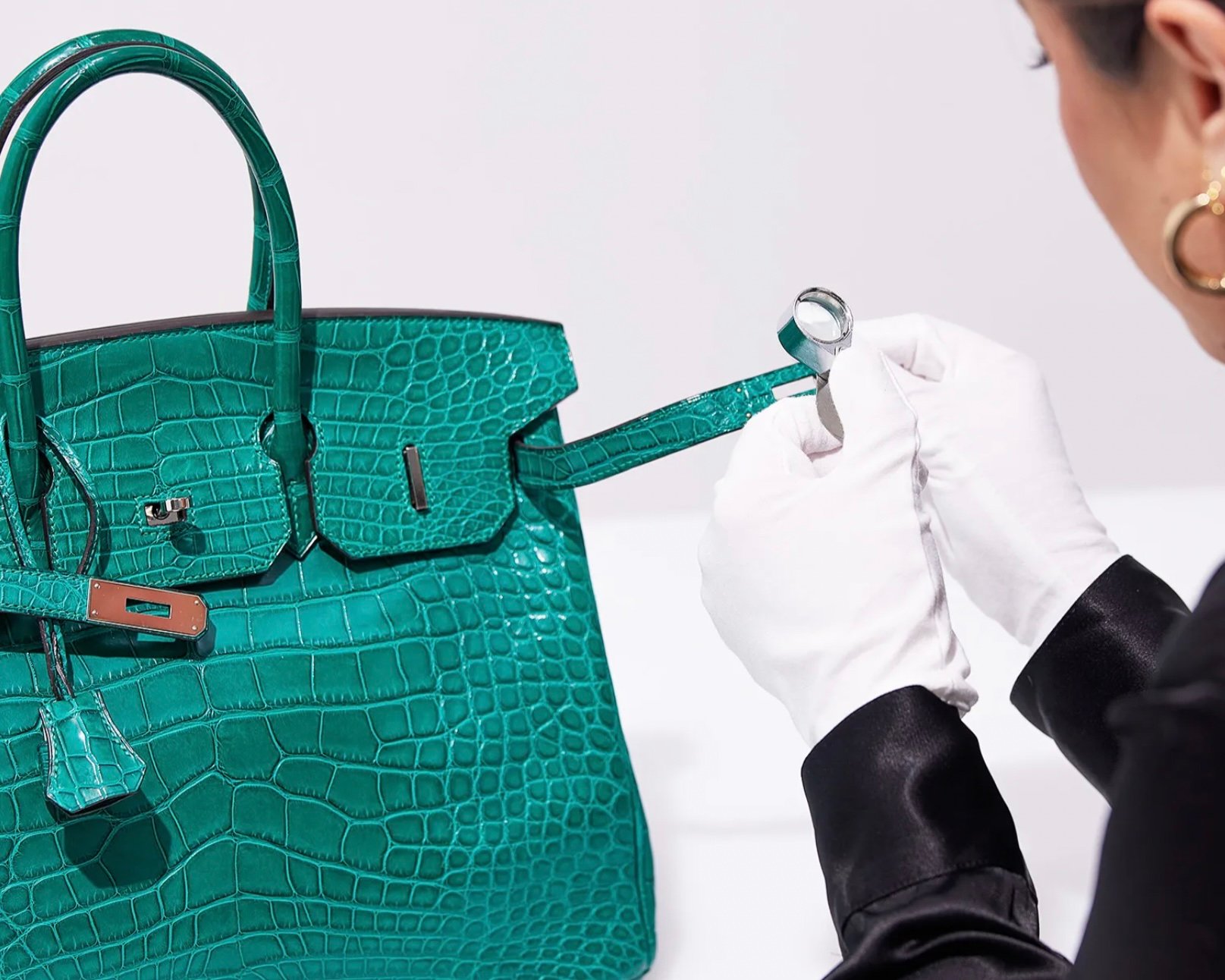
Human expertise combined with advanced technology offers the best solution.
(Courtesy of PurseBop)
AI and machine learning are now stepping in as the first line of defence, often spotting counterfeits before they even make it onto the site.
Automated systems scan sellers’ histories for red flags, filtering out risky listings long before they reach human authenticators. It’s this combination of technology and expertise that gives the closest thing to certainty.
Meanwhile, brands are starting to play their part earlier in the chain, making authentication easier down the line. Ralph Lauren, for instance, now prints QR codes directly onto care labels, powered by software company Evrythng in the UK and the US.
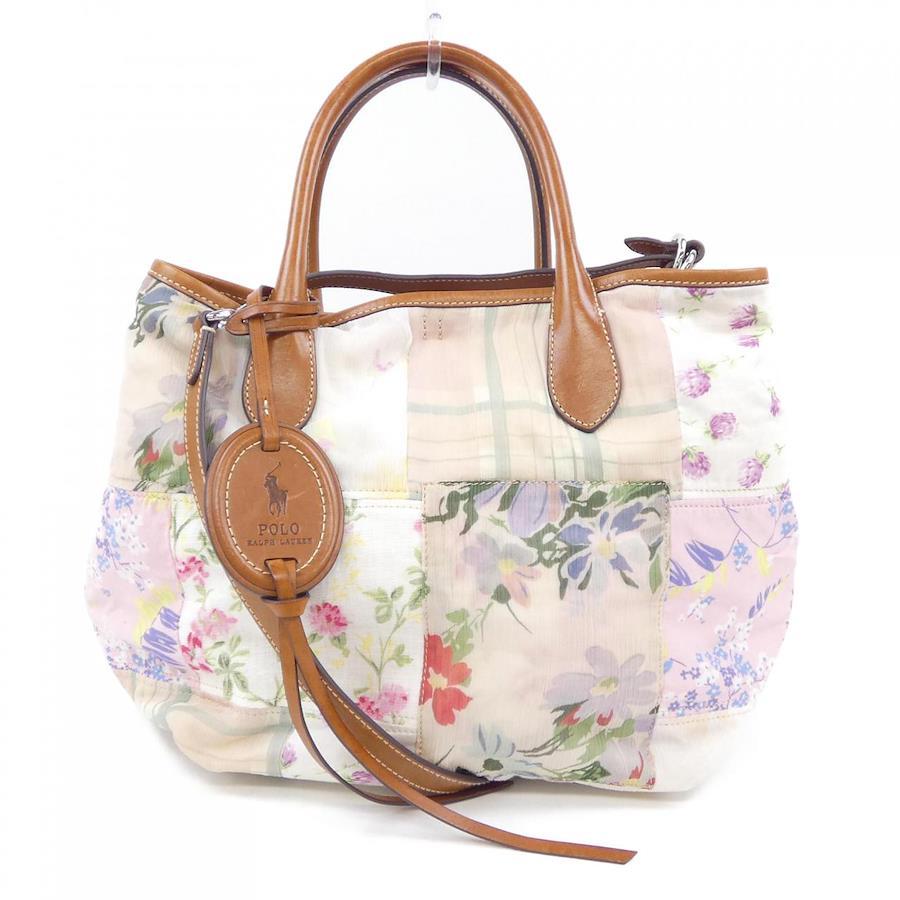
An authenticated Ralph Lauren bag available on ZenLuxe.
A quick scan reveals the product’s full story, from its sustainability credentials to its authenticity certificate. The tricky part? Ensuring labels survive countless washes and don’t get snipped out for being bulky or irritating. That’s why Evrythng’s co-founder Niall Murphy suggests pairing QR codes with subtler tools like watermarks or NFC chips.
How Blockchain Gives Brands—and Buyers—More Control
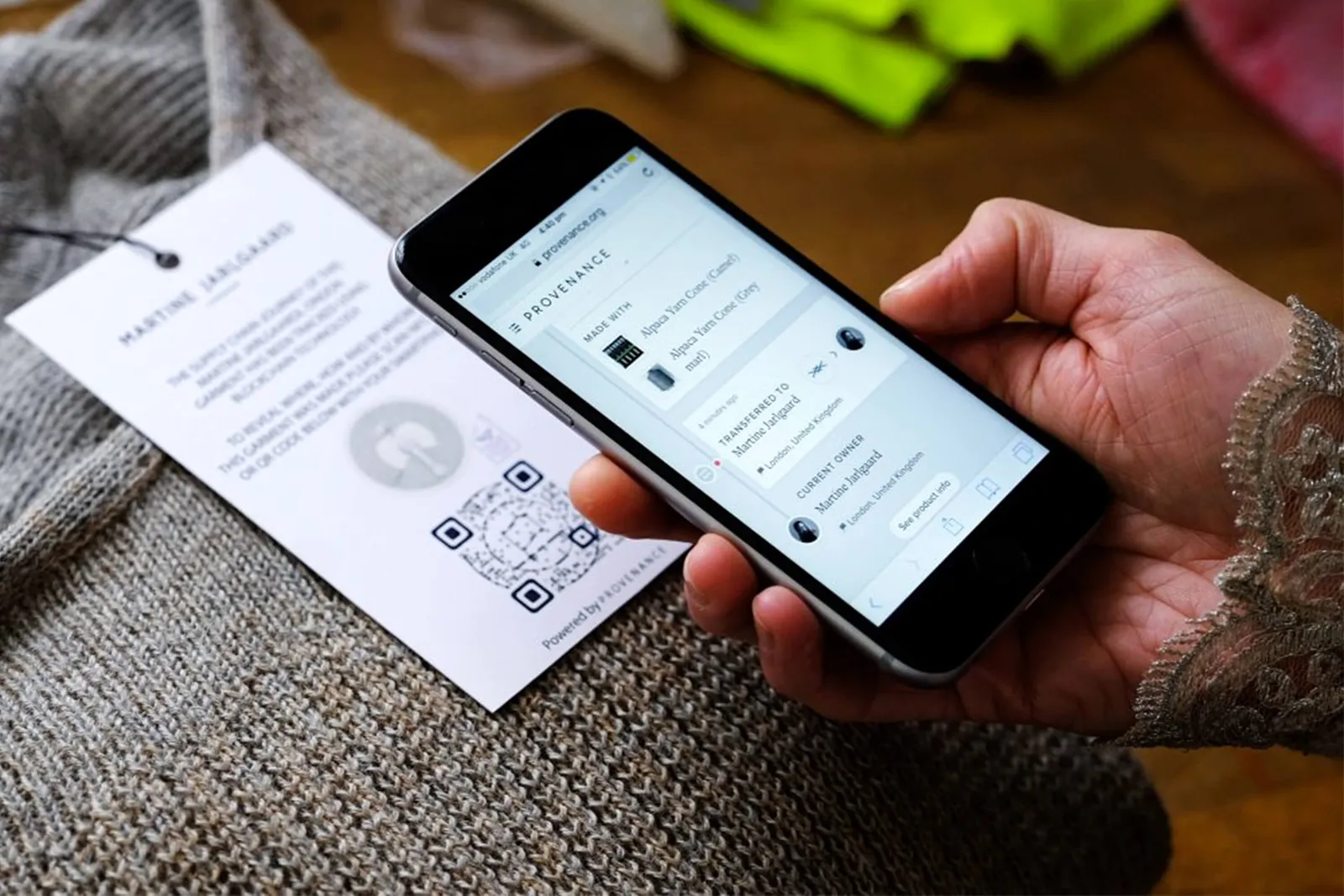
Blockchain offers hope of sidestepping realistic counterfeits.
(Courtesy of Vogue Business)
Authentication is a hands-on business that comes at a cost.
Aura Blockchain Consortium—a non-profit backed by LVMH, Richemont, Prada Group, and OTB—believes that digital product identities on the blockchain could cut down on costly handling and shipping.
As general secretary Daniela Ott explains, “Blockchain can give brands more control over stolen or fake goods, and it allows customers to maintain the value of their investment. It also promotes inclusivity in luxury by allowing brands to access first-, second-, and third-hand buyers.”
Where to Shop Secondhand Luxury Safely
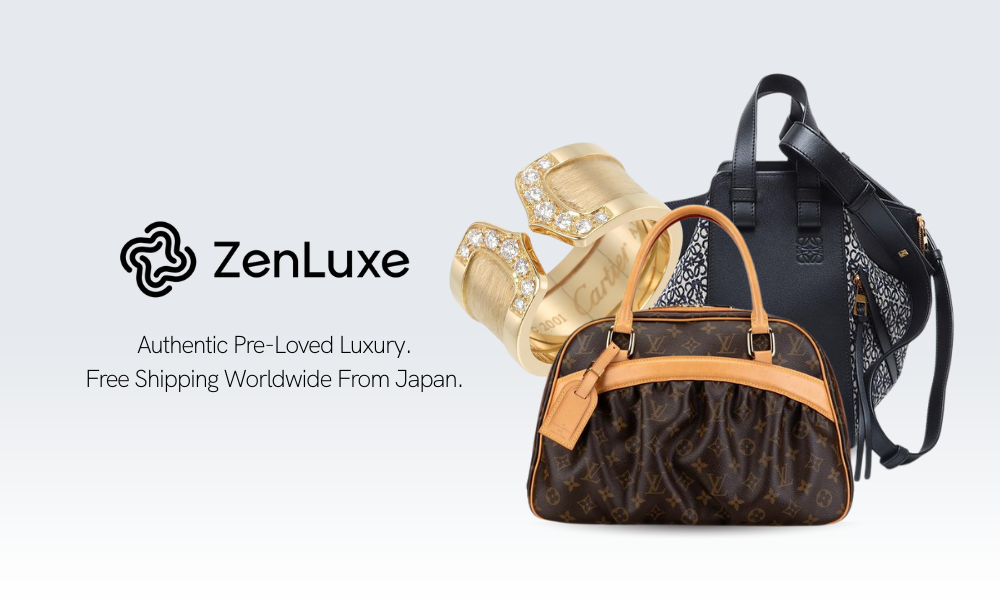
ZenLuxe offers an extensive collection of authenticated secondhand luxury goods.
For absolute certainty, the safest choice will always be the brand’s boutique or its official online store. But if lower-priced secondhand is what you’re after, look for trusted resellers who display clear photos, disclose flaws, and offer returns; avoid stock-only images, evasive answers, or prices that look too good to be true.
Japan-based platform ZenLuxe, created by ZenGroup Inc., offers international shoppers peace of mind with airtight authentication of genuine luxury pieces. Shoppers worldwide can discover pre-owned pieces from Louis Vuitton, Dior, Gucci, Burberry, Prada, Chanel, Hermès, Yves Saint Laurent, and more.
With a smooth, worry-free process and speedy worldwide shipping, your next pre-loved luxury find is just a quick click away!
About The Writer
Meet Mariam — a fashion writer who lives and breathes all things vogue and glamour. For her, the most therapeutic aspect of fashion goes beyond simply shopping for the latest styles that appear in stores; it’s fully experiencing this glamorous world from the little details to the big moments (there's nothing quite like the thrill of flipping through a sleek fashion magazine, is there?).

